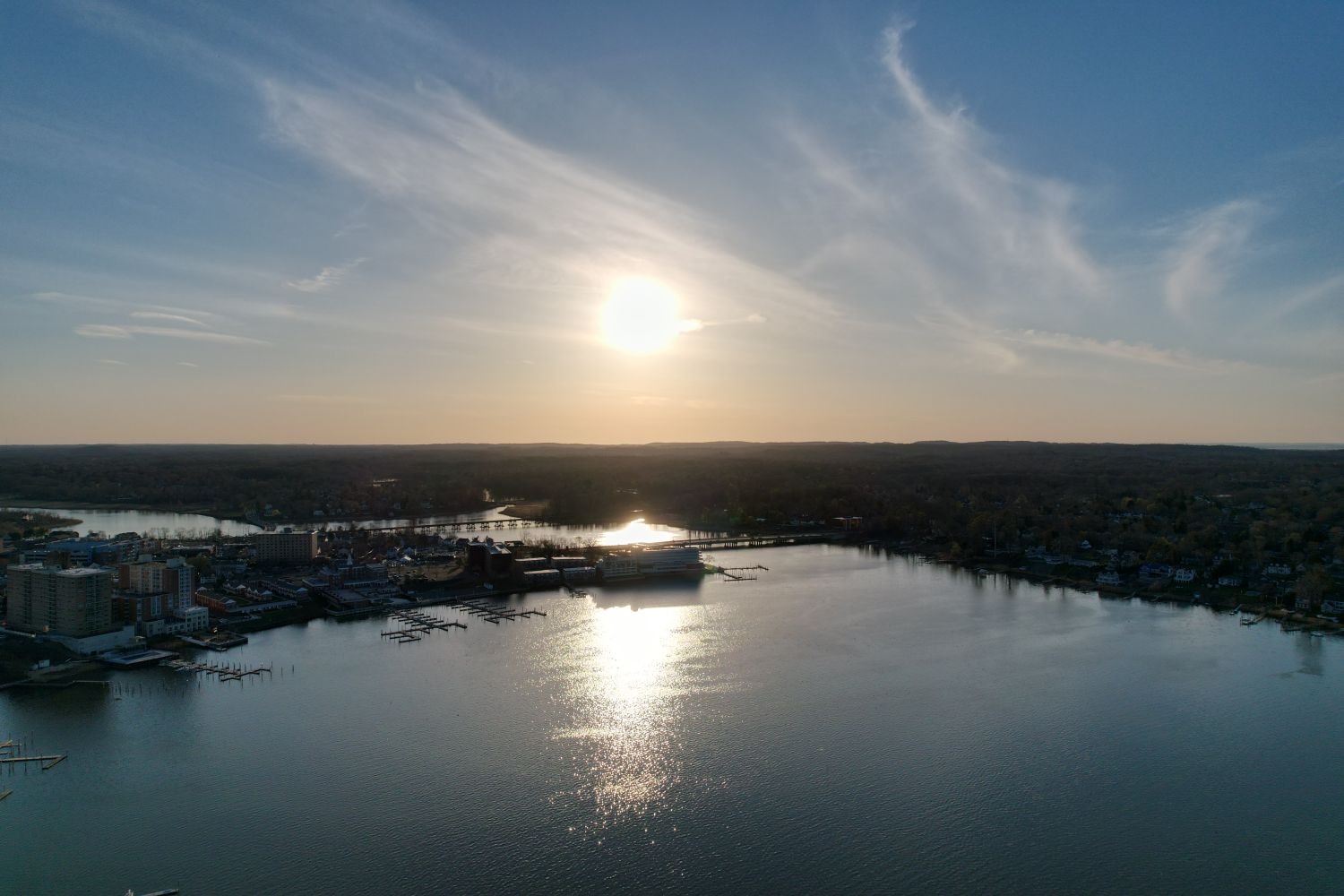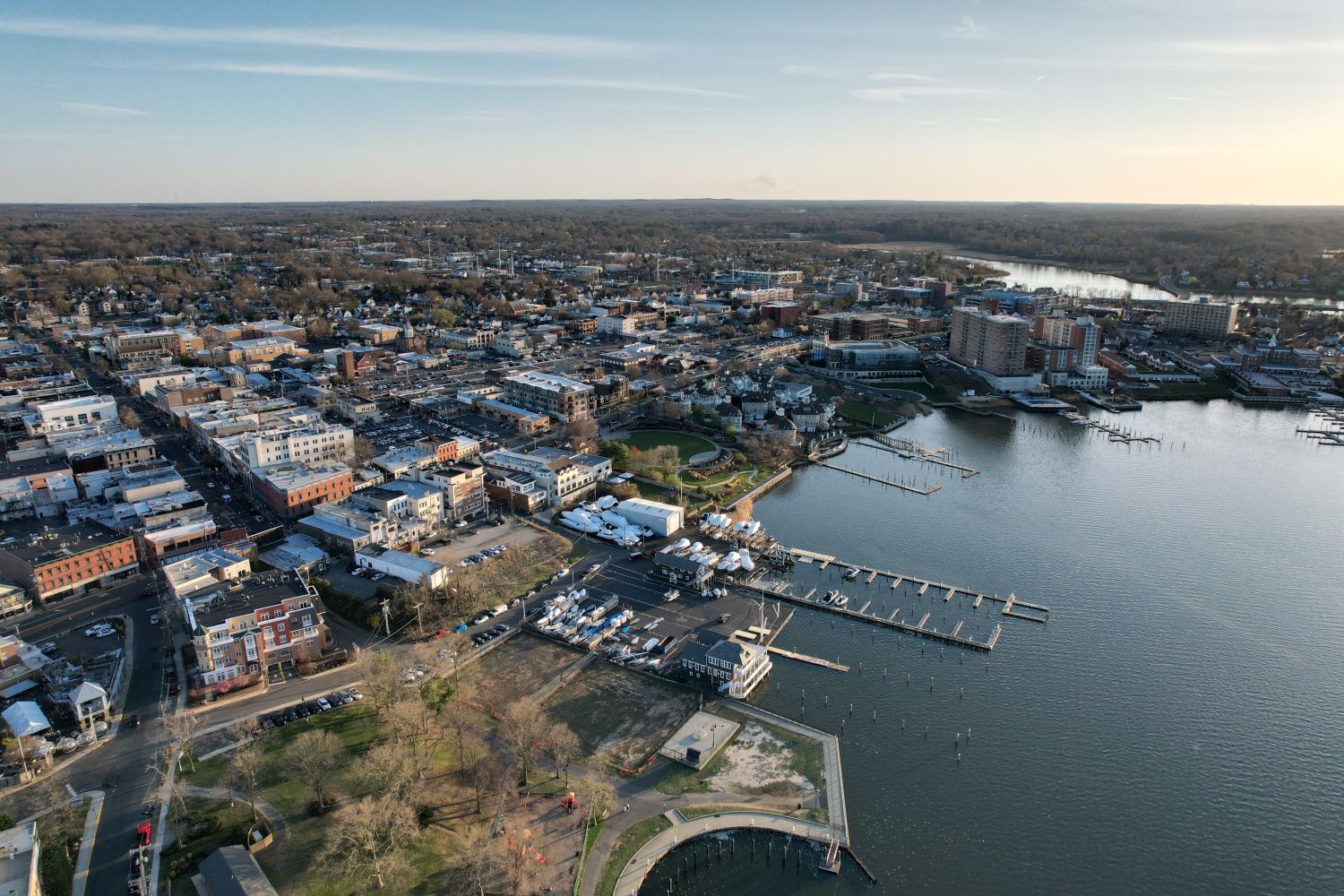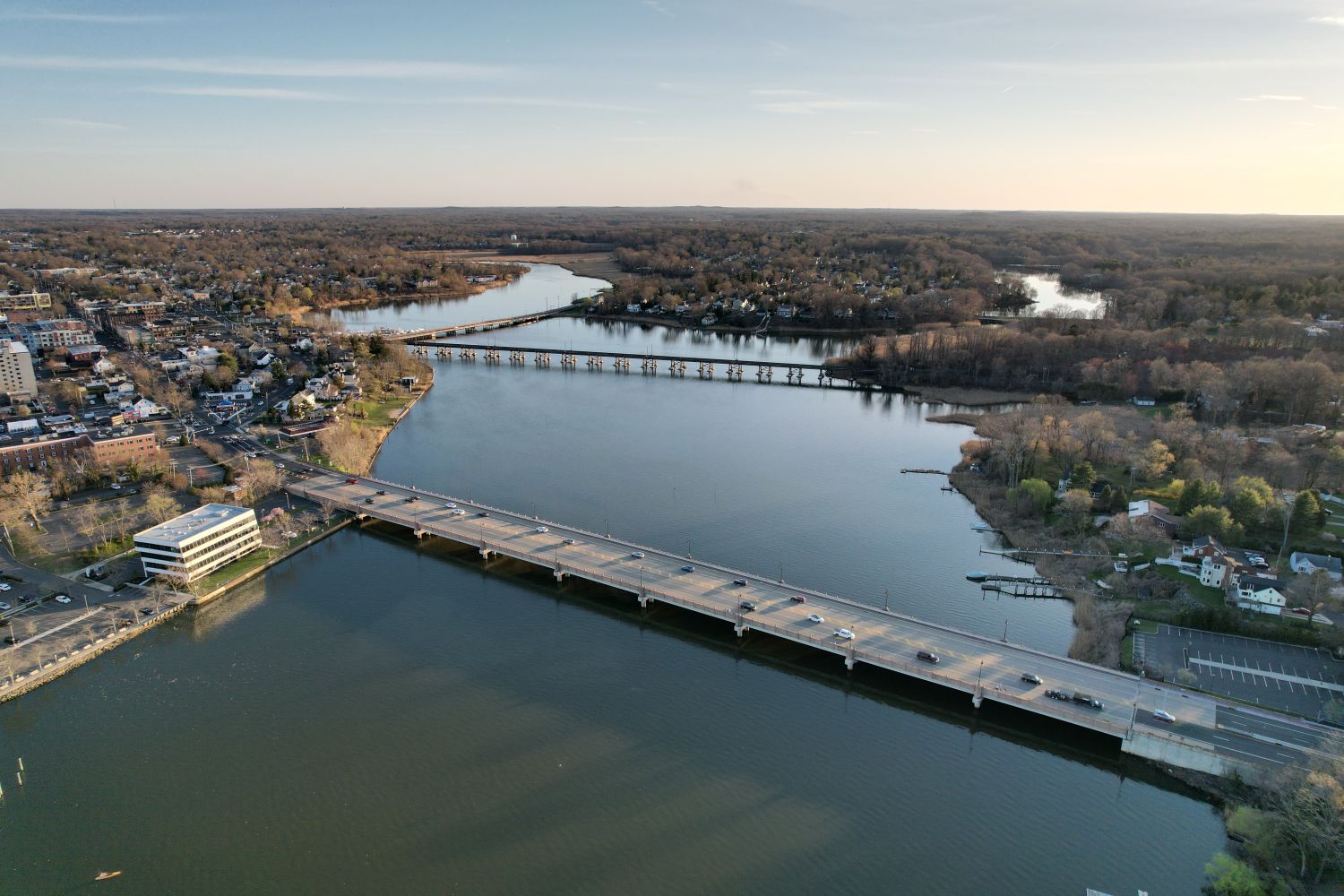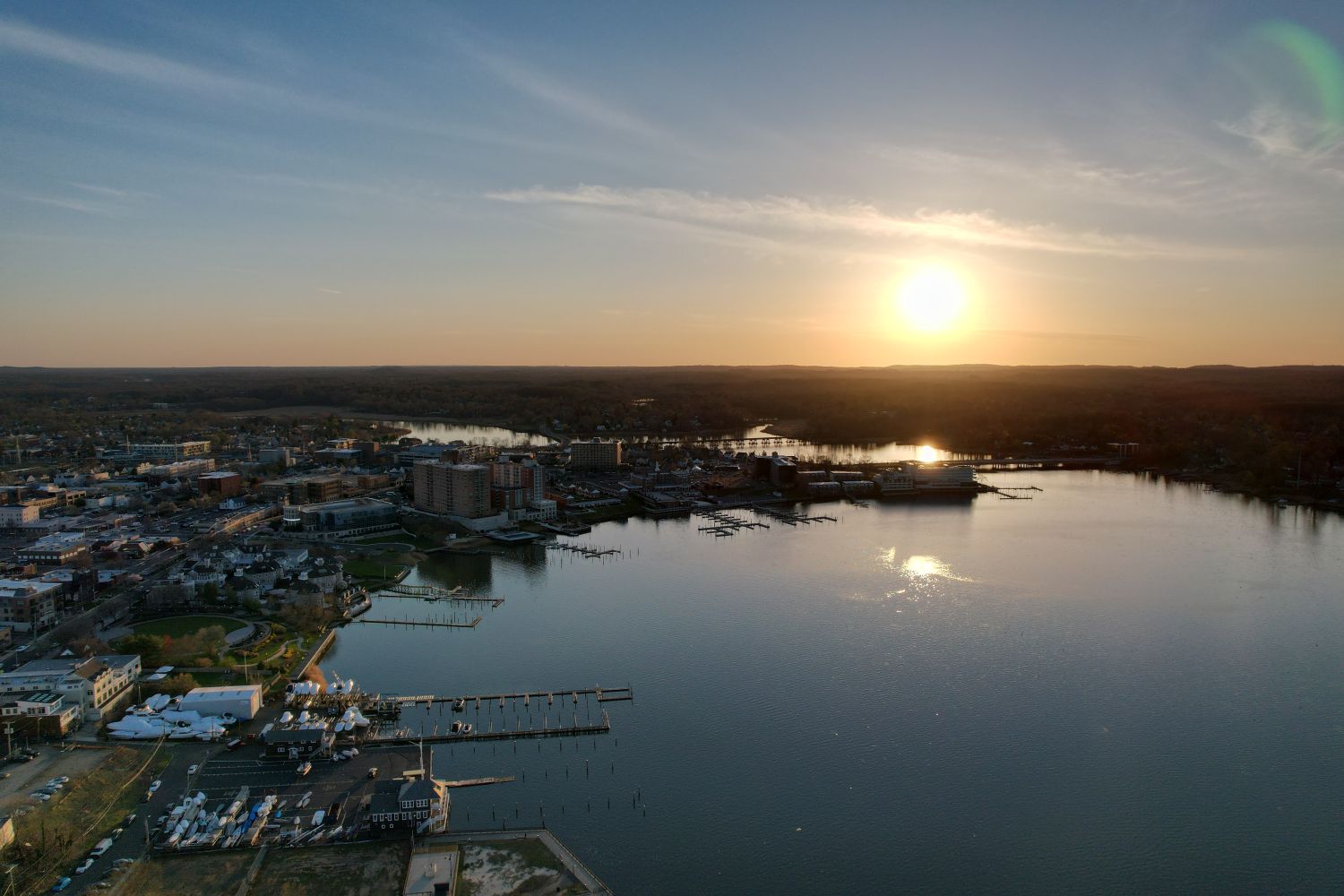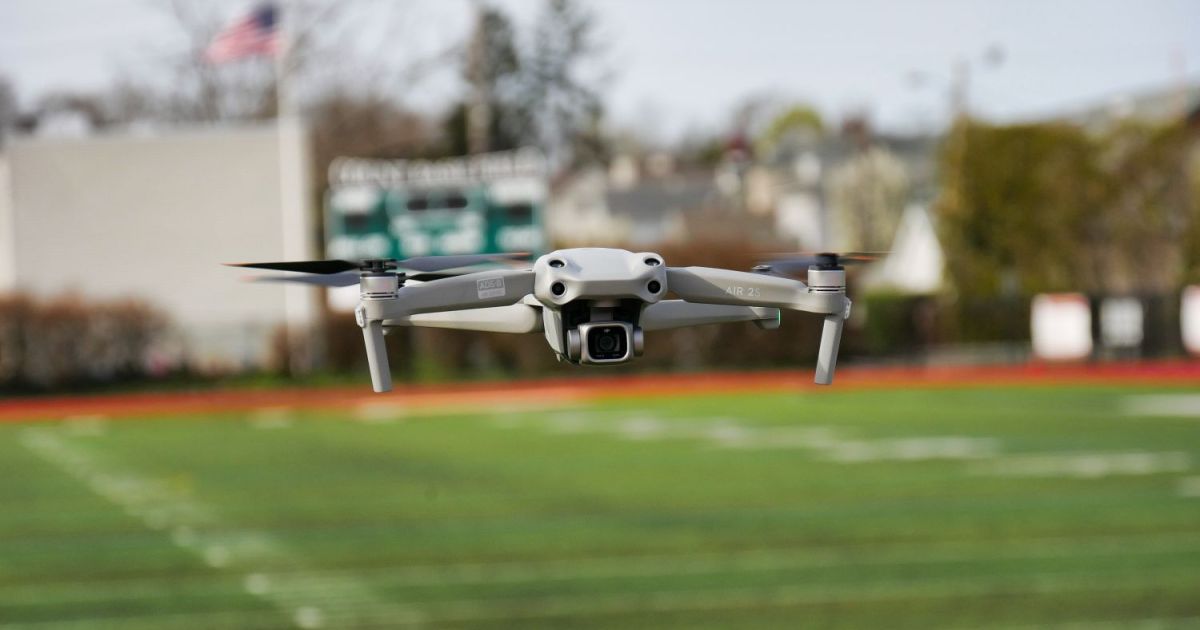
DJI Air 2S Review: Superb results without the work
MSRP $999.00

“When quality and performance are priority, you won’t find anything better than the DJI Air 2S.”
Pros
- Captures sharp images
- Strong details from its 5.4K video
- Pro level clips with Mastershots
- Fun and safe to fly
Cons
- Camera can sometimes hunt for focus
One leisurely activity that kept me sane during the lockdown last year was flying the DJI Mavic Air 2. It had everything you’d want in a drone, whether you were a first-time flyer or a seasoned pilot. Now, though, it looks like DJI is taking a page out of Apple’s playbook by releasing an upgraded version of its drone a year after its release.
I had very few qualms about the Mavic Air 2 when I tested it out last year, it was just about perfect in every way. Enter the DJI Air 2S, a slightly beefed-up version that’s most notable for the upgraded camera sensor it’s packing along for the ride, which clearly puts it very close to Mavic Pro territory — the company’s top of the line consumer drones. How much better does it get? Read on to find out.
Larger 1-inch sensor is no joke
In the world of cameras, one way to increase performance is to introduce a larger sensor. That’s exactly what DJI brings to the Air 2S and it’s without question the most notable new quality about the drone. The new 20-megapixel 1-inch sensor with 2.4um sized pixels is no joke, upping its predecessor’s half-inch sensor. With the larger sensor on board, it’s able to draw in more light to expose more details — especially in the shadows, where noise traditionally is most apparent.

Photos from the camera come out crisp and sharp, which is what you’d expect from a larger sensor. Capturing images around sunset time has sometimes proved challenging because small-sized sensors (like the one in the DJI Mini 2) aren’t equipped to handle low light, but that’s no problem here. In fact, I used my photo editing software to bump up the shadows in some of my sunset shots — and I’m happy to report that there’s no major evidence of noise.
Of course, the best results are captured when it’s sunny out, but what makes the DJI Air 2S helpful is that no matter what, it can take stunning photos without the need to edit them later on. Just as before, there’s a “SMART” photo mode that functions essentially as the drone’s HDR mode. It’ll snap an image and automatically adjust the shadows and highlights to bring out the best details, so you get a high-quality shot the first time around.
The quality is what you’d expect: It’s outstanding.
Over on the video side, there are a few new additions that push the threshold in a direction that offers creators yet more utility in post. On top of your traditional 4K at 60 frames per second (fps) capture, the DJI Air 2S ups the ante by offering 5.4K capture at up to 30 fps. This, naturally, offers a couple of useful tricks — like being able to use digital zoom up to 6x when recording in 1080p, as well as cropping in post for pans and zooms.
The quality is what you’d expect: It’s outstanding. Details are plenty, colors exhibit a subtle saturated tone, and there’s a fair degree of dynamic range to help draw out details in highlights and shadows that are otherwise lost. However, I did notice that the camera can sometimes have a tendency to hunt for focus — so switching to manual mode may be necessary at times. What’s missing in my test was an option for HDR video mode, something I relished using with the Mavic Air 2. I’m assuming it’s coming in a future update, but what it would mean is a properly exposed video that looks great to begin with.
Moving up to a larger sensor is exactly what this iterative update needs to distinguish itself in DJI’s lineup. The problem that’s presented here, though, is that the Air 2S diminishes the Mavic Pro line’s reputation for being the drone for professionals.
Even safer to fly
Whether you’re just starting out, or a seasoned pro with numerous hours of flight time, the DJI Air 2S is even safer to fly than its predecessor. The most notable feature here is the addition of upward-facing sensors on the drone itself, which supplements the existing other three (forward, backward, and downward) to make it a safer flight overall. The new upward-facing sensors are useful when leveraging the drone’s upgraded APAS 4.0 tech to avoid obstacles in its flight path. It’s showcased best when using the new ActiveTrack 4.0 tracking feature that allows the drone to intelligently track a subject/object while avoiding obstacles.

You’ll get some slick-looking footage thanks to these new safety features, mainly because you can control the Air 2S to follow a subject around without the worry of it hitting something. Now, I tried this out with someone walking very still through a field and it safely navigated around poles and signs.
In my years of piloting drones, I never really came across a close call. First of all, the DJI Air 2S is greeted with the same OcuSync 3.0 technology introduced with the recent DJI FPV drone. Meaning, the video transmission feed from the drone now extends to 12km — an increase over the Mavic Air 2’s range of 10 km. However, I did experience one instance when the transmission briefly cut off, so I ended up just having to restart the app. After a firmware update, though, the video feed didn’t cut out again.
The Air 2S can make a novice look like a pro.
During another test flight, one of my worst fears about flying a drone occurred. Somehow the remote’s connection to the drone was severed and the drone hovered high up in the air for about a minute. In my panic, I did attempt to restart the app in the hope it would establish a connection, but it didn’t. Luckily, the Air 2S’ safety protocol kicked in, which involved the drone flying automatically close to the maximum 400 feet height, then proceeding to return home all on its own. Eventually, it landed all on its own and shut off, so that crisis was averted. This experience is exactly proof of why it’s one of the safest drones to fly.
Pro creation without being a pro
Years of flying have given me the experience to capture stunning photos and video, all achieved with manual operation. But what makes the DJI Air 2S special, much like the other drones in its portfolio, is that you don’t need to be a pro to obtain high-quality footage. Thanks to the various Quickshot modes, all you really need to do is just choose your subject in the frame and the drone does the rest. All of the previous Quickshot modes are back again, like Circle, Dronie, and Asteroid that makes the Air 2S fly away from a subject, then proceeds to capture a tiny planet.

The latest addition is MasterShots, a new mode that takes some of DJI’s popular Quickshot modes and produces professionally stitched clips automatically — all without any physical interaction piloting the drone. Once you choose your subject/location, the DJI Air 2S will then automatically set predefined flight paths to capture all of the clips it needs. The end result is a short clip that looks like a professional piloted and edited the video. This new automation shows exactly why the Air 2S can make a novice look like a pro.
Minimal compromise
Not surprisingly, DJI chose to recycle the design of its popular drone, so there are no major differences between the Air 2S and Mavic Air 2. It still folds up for easy travel, but even better is the fact that it uses the same batteries as the Mavic Air 2. For anyone making the upgrade, it’s nice to know that they can still use their old batteries.

Speaking of batteries, the overall flight time with the DJI Air 2S has been cut down to 31 minutes — versus 34 minutes with the Mavic Air 2. It’s not a problem honestly, but the compromise was made in order to account for the larger camera sensor and the drone’s slightly heavier weight of 595 grams. It can still achieve a maximum speed of around 42.5 miles per hour (mph) in sport mode.
Our take
Who knows if this will be the trend going forward with DJI, but the Air 2S has all the upgrades in making it a meaningful upgrade over the Mavic Air 2. Pricing starts at $999 for the Air 2S, but I recommend forking over the extra money to snag the Fly More Combo version for $1,299, which comes with ND filters, a carrying case, two extra batteries, and a multi-charger.
Just as before, the DJI Air 2S proves itself as being the best all-around drone. From its crisp video performance to all of its safety features, it’s the drone to beat. Beginners will enjoy how easily it can produce high-quality footage with minimal interaction, while seasoned pros will relish the improved performance from its larger sensor.
Should you upgrade?
This is a tough one to answer. DJI will continue to sell the Mavic Air 2 alongside the Air 2S, so the difference between the two is a mere $100. While there are certainly solid reasons why the Air 2S is the superior drone, it’s still tough to justify yet another purchase for existing Mavic Air 2 owners. If image quality is paramount, then it’s clearly worth the upgrade. If you don’t mind editing footage, you can still achieve stunning photos and videos with the Mavic Air 2.
On the other hand, if you’re mulling over a DJI Mini 2 for example, there’s no comparison because the extra money you’d hand over to buy the DJI Air 2S is justified by the night and day difference when it comes to performance, quality, and safety.
How long will it last?
The DJI Air 2S is solidly built all around and has a one-year limited warranty that covers defects. Additionally, you can purchase the DJI Care Refresh extended warranty for the Air 2S, which would cover it for accidental damages. Taking into consideration the cost of the drone, it’s worth getting.
Is there a better alternative?
Typically, the next logical alternative would be something in the DJI Mavic Pro series — like the Mavic 2 Pro. That’s not the case because the new upgrades to the DJI Air 2S put it squarely into the same category of being the flagship model in the company’s portfolio.
Should you buy it?
Yes, you won’t find a better drone for the money. All of the upgrades make it a standout model in the world of drones by balancing performance, safety features, usability, and price.
Credit : Source Post

